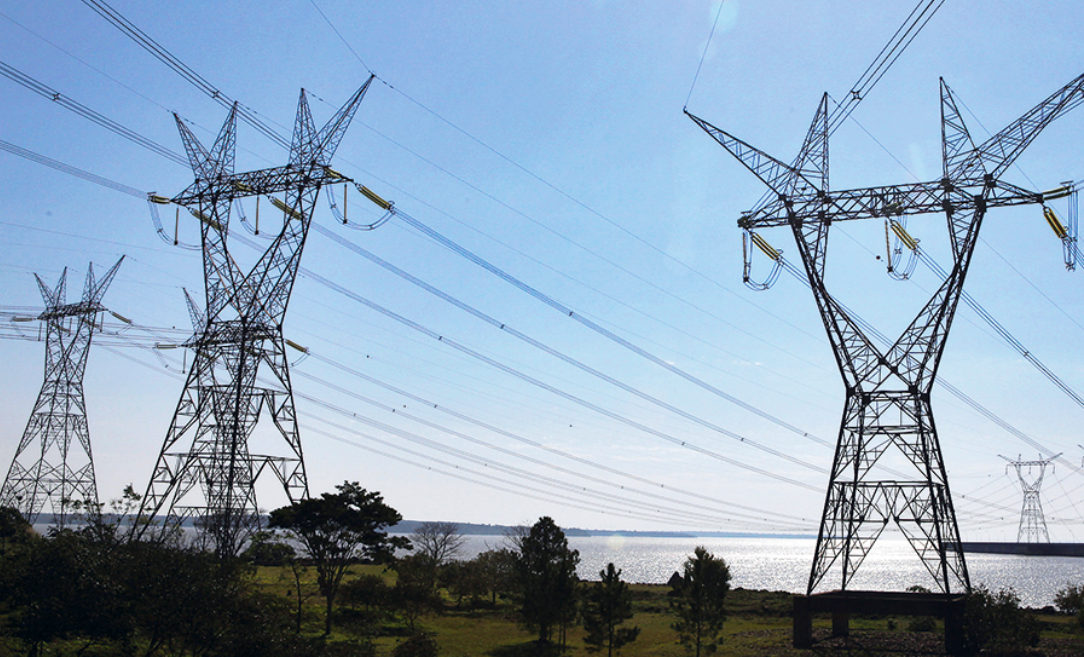
The initiative had been presented last year, but was rejected by the Panel of Experts. This will be incorporated by the CNE in its new backbone expansion plan. The line, the first direct current line in Chile, will run from Antofagasta to Santiago and is key to decarbonizing the matrix.
La Tercera-Pulso
A megaline, which will run from Antofagasta to Santiago at a cost of US$1,305 million, is being analyzed by the National Energy Commission (CNE) for inclusion in the transmission system expansion plan.
This is a project that will bring solar energy directly to the capital and has a transmission capacity of 3,000 MW. It would be the largest in the country, and would be ready in 2027.
Its route runs parallel to the SING-SIC interconnection and Cardones-Polpaico, which is expected to be ready by the end of this year. The total length of the line is 1,500 kilometers.
The line would also be the first in Chile to use direct current, a technology that allows point-to-point transmission, minimizing the risk of loss. This alternative was analyzed at the time to bring electricity from HidroAysén to the center of the country.
However, this initiative had already been proposed last year, but suffered a setback when the Panel of Experts, in August, accepted a disagreement from the mining company Collahuasi and rejected the initiative presented at that time by the CNE. This is because it lacked greater depth and consistency in its technical, economic and environmental dimensions.
However, the Electricity Coordinator, the entity that carried out the study and project, proposed it again for the CNE to include it in the expansion plan.
Upon inquiry by PULSO, the CNE confirmed that the Coordinator had made “a 2018 transmission expansion proposal, which includes New HVDC Line”. Now, the CNE must include it in its transmission system expansion plan, which it will deliver in November.
Key to decarbonization
What is the importance of this line? Experts pointed out that the line would be key to decarbonizing the matrix, as it would allow the transfer of large volumes of variable renewable energy, such as wind or solar, thus taking advantage of much of the radiation and wind potential of the northern part of the country.
Juan Carlos Araneda, Manager of Transmission Planning at the Electricity Coordinator, indicated that the technical and economic studies that were carried out demonstrated the need for a line of this type. This, in order “to allow the development of generation based on renewable sources, available on a large scale in the northern part of the country,” he said.
Araneda also stated that the Coordinator’s analyses concluded “the need for the new HVDC line, which was included in the expansion proposal (…) with a construction period of 72 months, considering the complexity and scope of the project, and the possibility that this work be additionally subjected to a fringe study, prior to its bidding”, he indicated.
However, the director of the consulting firm Systep, Hugh Rudnick, disagreed with the speed with which the initiative was resubmitted. “I would have expected greater maturity and consensus building for such a relevant project. An investment of the magnitude of this must be reviewed with great rigor, given the significant risks involved,” he said. However, he added that “it is not only feasible to develop a north-south project, but indispensable”.
Sources close to the industry pointed out that this is a project that allows the generation of more transportation alternatives in an area where today the major flows go through a single line. A representative of the sector also appreciated the analysis of direct current technology, as it provides more security to the network.





